Interview by Tori Broussard. Photos by Nancy McGuire.
Amy Martin, a lifelong Texan, has led a diverse career blending journalism, activism, and leadership, all while deeply rooted in spirituality and environmental concern. With over 40 years of experience as a writer and journalist, she authored Wild DFW: Explore the Amazing Nature In and Around Dallas-Fort Worth (Timber Press). She also currently writes for GreenSource DFW while crafting a biography of Ned Fritz, a Texas environmentalist. Previously, she contributed to publications like the national magazine Garbage, Dallas Morning News, and D Magazine.
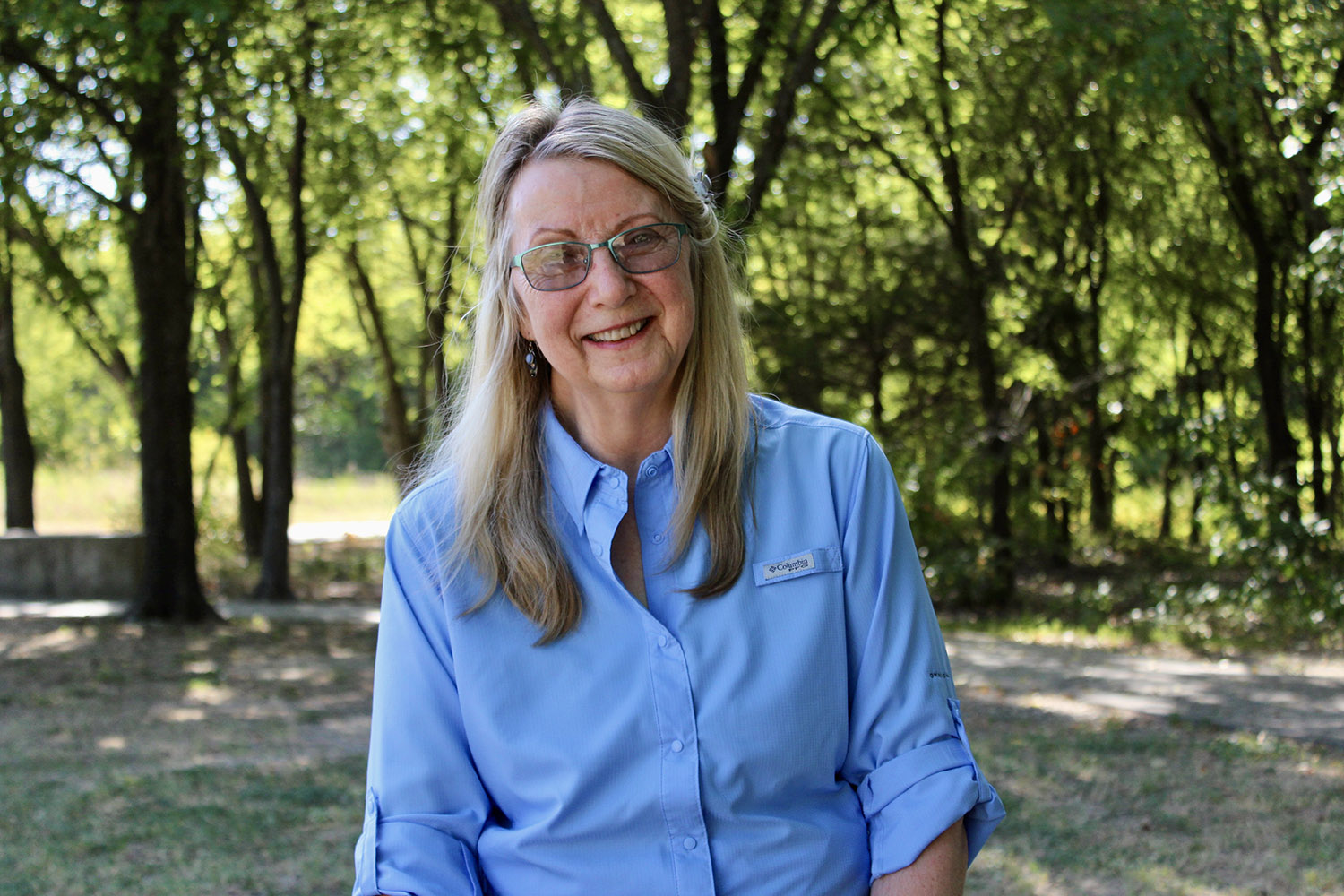
Beyond writing, she’s actively involved in environmental organizations, serving on the board of Dallas County Open Space and as the state social media director for Native Prairies Association of Texas. She’s also a dedicated speaker and volunteer, having spent 12 years managing a nature preserve in Northeast Texas. Today, she continues her conservation efforts in her Eastwood neighborhood and supports North Texas Master Naturalists.
April is Earth Month, a time to celebrate our planet and protect it. We sat down with Amy, who describes herself as a naturalist, to discuss her book, which was published in July 2023. She takes us on a journey to learn about how North Texans do, in fact, have nature worth exploring in our own backyard and what we can do to sustain it for years to come.
“An appreciation of nature is something that knows no gender boundaries, racial boundaries, religious boundaries, doesn’t know political boundaries, making it this wonderful area that can bring us together. It’s a neutral space that we can share in, look out for one another, and work together in if it means that nature benefits.”
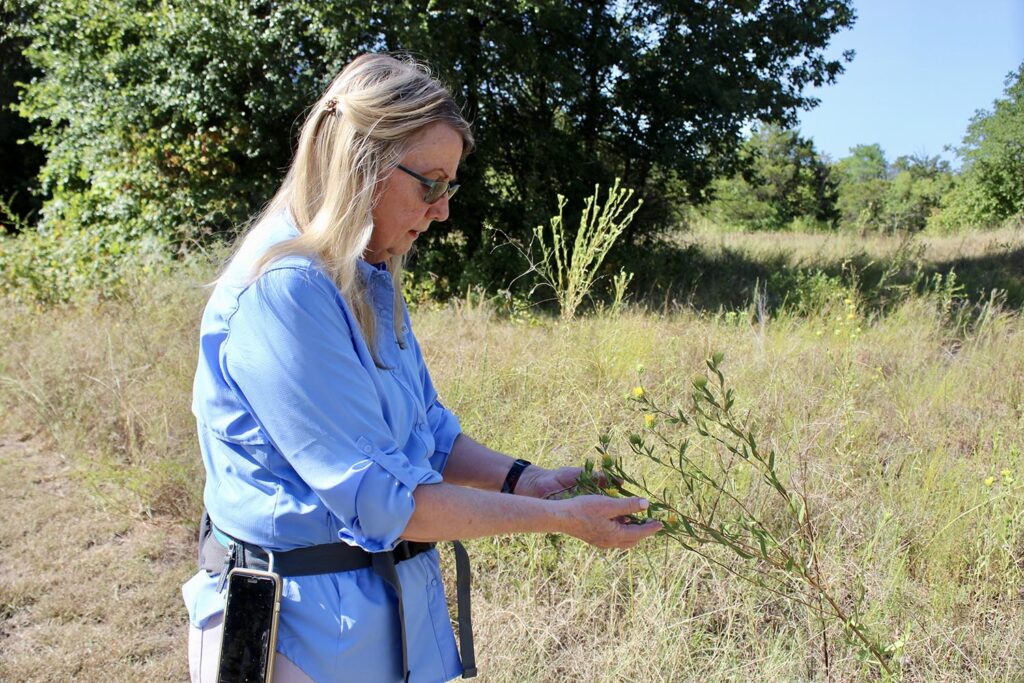
I’m a creek kid. My dad was a country boy who moved us to the city and said we should grow up with a creek. For me, going to the creek was a place to hide and escape. It grew my sense of storytelling because I turned of age right when the environmental movement happened in the late ‘60s and early ‘70s, and it was influential. I always get a lot of hands when I ask the question, “Who was a creek kid? In my book, I mention four different profiles of creek kids who became environmental professionals because what they learned at the creek stayed with them.
Being a naturalist means going deeper into nature and understanding something for more than it looks like. Once you have this knowledge, it opens up to you and has a lot more meaning.

For example, the Eastern Cross Timbers is a vegetative sub-region that runs from Arlington to Denton. One might notice that there are a lot of short trees, and it’s kind of underwhelming to look at. But when you learn more, you learn that a lot of those short trees are over 100 years old and can withstand drought and fire, grow with little soil, almost in solid rock, and have tough leaves that layer on top of each other when they fall from their branches, which are perfect for lizards.
So, there is more than meets the eye. It’s enriching to know, particularly for people who are from other states because Texas doesn’t have the seashores and canyons and mountains. We learn how all things work together.
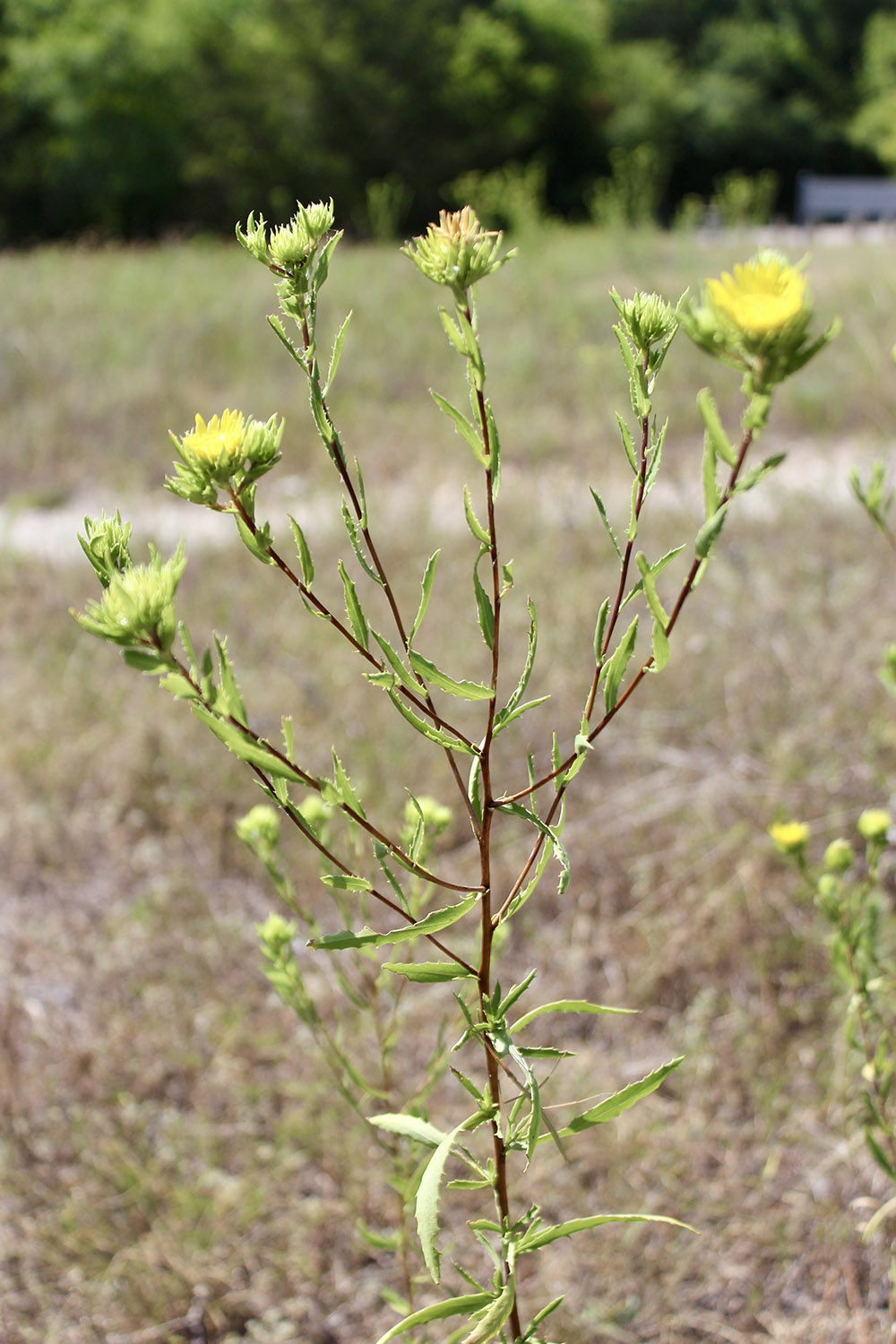 I hope they gain a deeper appreciation of where they live and are given the tools and resources to explore. You’ll learn conversational tidbits to take to a party, such as alligator gar. Our very own Trinity River produces some of the biggest alligator gars in the country. It can get six feet long, and it has armor, a snout that is a foot long, and double rows of teeth. It’s not going to hurt us, though. It doesn’t want you; it wants to eat the fish and the turtles. People think the Trinity River is dirty, but it makes some huge creatures like snapping turtles. They are like little dinosaurs.
I hope they gain a deeper appreciation of where they live and are given the tools and resources to explore. You’ll learn conversational tidbits to take to a party, such as alligator gar. Our very own Trinity River produces some of the biggest alligator gars in the country. It can get six feet long, and it has armor, a snout that is a foot long, and double rows of teeth. It’s not going to hurt us, though. It doesn’t want you; it wants to eat the fish and the turtles. People think the Trinity River is dirty, but it makes some huge creatures like snapping turtles. They are like little dinosaurs.
The book also discusses 25 hiking adventures. I also introduce people to car drivers, for folks who can’t really walk anymore, so they can enjoy nature too and take those car rides to places that most people never go. That’s kind of thrilling.
I try to get people to appreciate a much more intimate nature. Nature that you get close to. That’s what I call “unfolding layers.” You’re standing looking at a forest, and you start to notice the different layers of plants: the very low, the middle, and the top. I hope that people start looking at nature as more than something to look at. You experience nature with your entire body, and when you get out, you begin to notice things like differences in humidity, air pressure, and wind.
Once we’re out in nature, it’s hard on our egos because it doesn’t care about us, doesn’t want anything from us, and doesn’t expect anything from us, either. There’s no expectation, no one asking you to do things, no one trying to convert you or debate you about politics; it’s just there. It is such a gift to be in a space that is neutral toward you. We tend to think narcissistically that things rotate around us, but life goes on without us. To be out there, suddenly, your stress goes away, and you’re able to see who you are at your core.
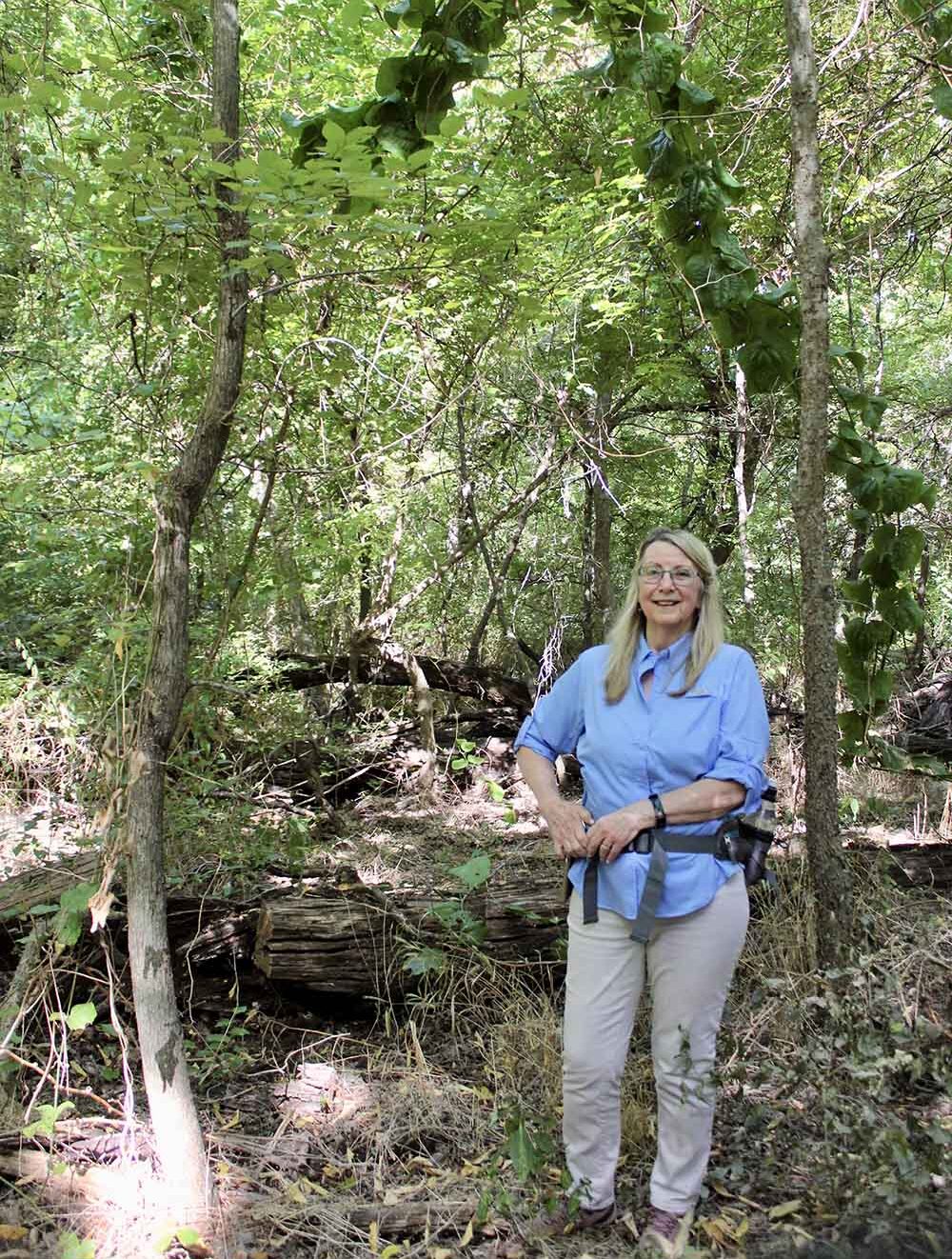 There is a Texas Master Naturalist chapter in North Texas. They have workdays where they do hard labor for two hours, which is wonderful because I can get a workout and I don’t have to pay for a gym. A group meets every month. They are currently recovering a famous trail called Ned and Genie Fritz Texas Buckeye Trail.
There is a Texas Master Naturalist chapter in North Texas. They have workdays where they do hard labor for two hours, which is wonderful because I can get a workout and I don’t have to pay for a gym. A group meets every month. They are currently recovering a famous trail called Ned and Genie Fritz Texas Buckeye Trail.
Another project includes caring for North Texas trees that get swallowed up by privet (a basic shrub). They’ll remove the privet, allow buckeye trees to grow, and put in beautiful flowers.
There’s always a park near where you live that needs your love. The Dallas Park and Recreation Department is pretty good about providing volunteer opportunities. Anybody can be a part of their neighborhood park and help be the park’s steward (eyes and ears to monitor threats).
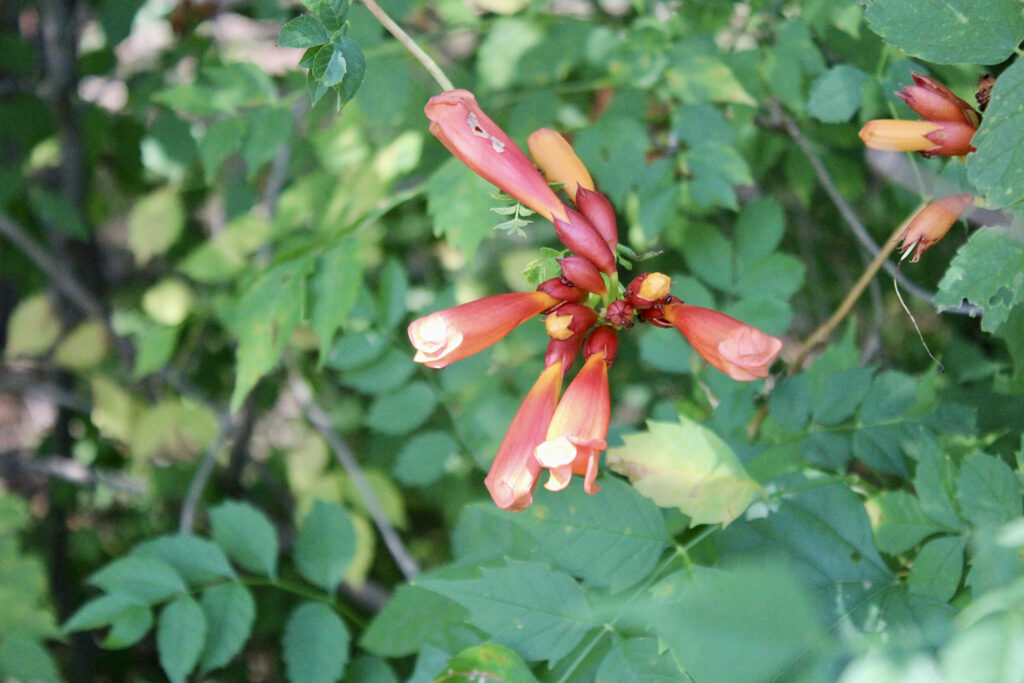
The Texas Parks and Wildlife, Botanical Research Institute of Texas, and The Nature Conservancy are all staffed by top-of-the-line professionals who took the time to educate me. I was also able to turn to reptile, bug, and bird experts who lent their knowledge. They would tell me things like, “How do we get people to turn off their lights at night to help the thousands of birds that are dying because they are flying into bright skyscrapers and high rises?”

I help people see that a day in nature is full of all kinds of interesting events, exploration, and interactions. It has an ark: it begins, you explore, and then there is the sweet melancholy of the end because you have to come back to reality. I begin each chapter of the book so that people can see themselves in it. Part of growth as a writer is being able to show rather than tell more stories and help people discover them on their own.
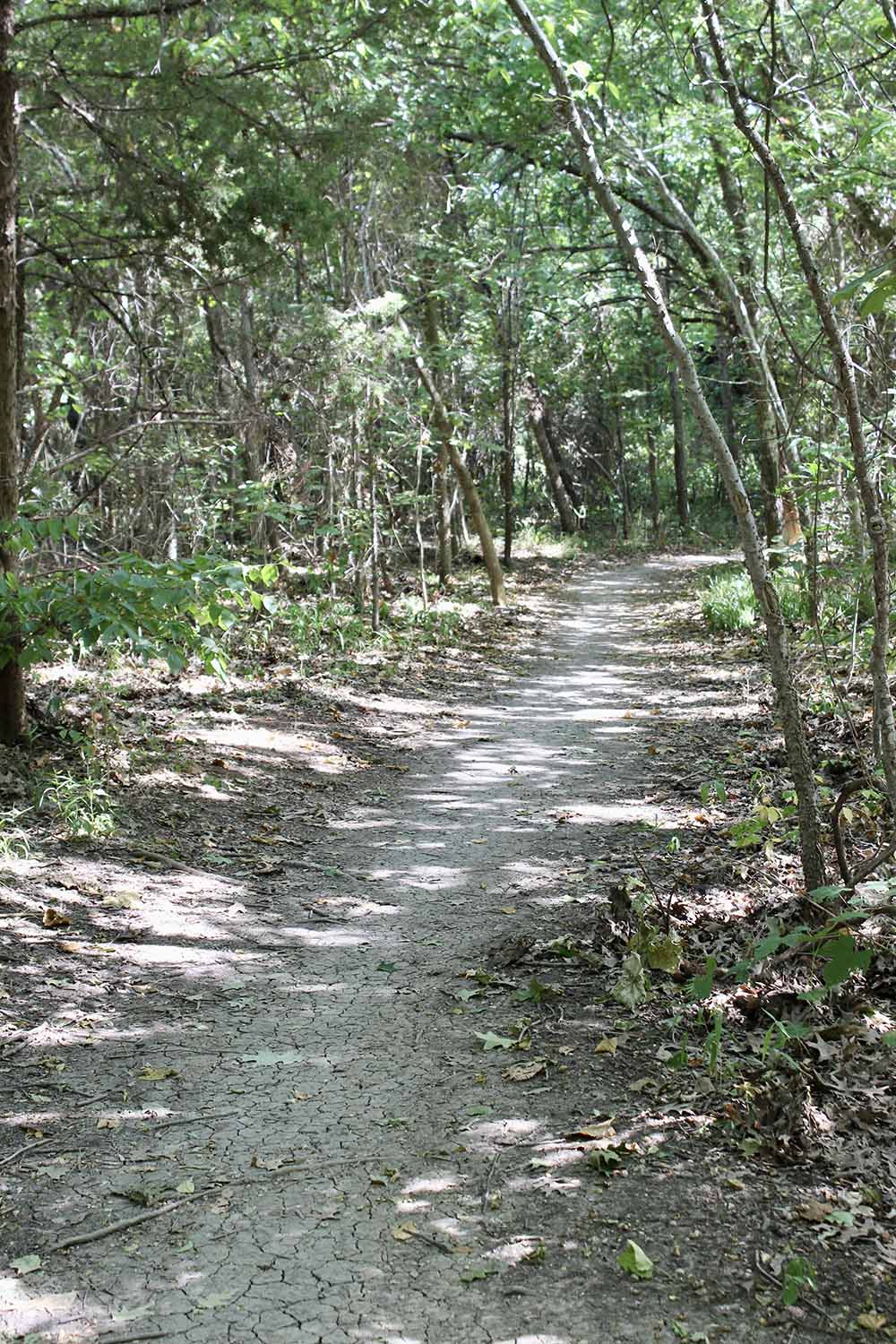 To get started, find a niche, explore it, and write a lot. Write even though you know it isn’t going to be published. Get a blog and explore the niche in that blog. Sometimes, that leads to interesting occupations. I was a recycling reporter for about five years because I had developed that niche. I started studying because I was curious, and that led to me knowing more about recycling than the average person. I enjoyed the science behind it because to understand it, you have to understand metal, plastic, and all kinds of substances, which is organic chemistry. From that, I ended up on the staff of a national magazine. So, find a niche that no one else is doing. You see, everyone is talking about the Kardashians. Well, who are they not talking about? Where is the shadow? If we are shining a bright light on something in the media, that means something is lingering in the shadows. What is that thing? Bring it out to the light.
To get started, find a niche, explore it, and write a lot. Write even though you know it isn’t going to be published. Get a blog and explore the niche in that blog. Sometimes, that leads to interesting occupations. I was a recycling reporter for about five years because I had developed that niche. I started studying because I was curious, and that led to me knowing more about recycling than the average person. I enjoyed the science behind it because to understand it, you have to understand metal, plastic, and all kinds of substances, which is organic chemistry. From that, I ended up on the staff of a national magazine. So, find a niche that no one else is doing. You see, everyone is talking about the Kardashians. Well, who are they not talking about? Where is the shadow? If we are shining a bright light on something in the media, that means something is lingering in the shadows. What is that thing? Bring it out to the light.
Amy says that Wild DFW is a book that inspires curiosity. Curiosity is what leads people to explore and learn. It is the root of science and exploration, and it’s what makes us human. So, whether you choose to explore nature at night this fall or the various plants, bugs, and rivers during the day next spring, get out and explore your curiosity in your home of DFW.
Amy hosts “Talks & Walks” multiple times a month where she guides you through local nature herself. You can see the calendar and sign up for them here!
Wild DFW can be purchased at nature reserves, Pretty Things, Amazon, Target, Walmart and Barnes & Noble. To keep up with Amy, follow her Wild DFW page on Facebook or Instagram, and join her newsletter list to receive a monthly newsletter from the Wild DFW website or Amy’s personal website.
Sign up with your email address to receive good stories, events, and volunteer opportunities in your inbox.